Astronomy
-
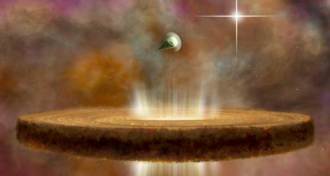 Astronomy
AstronomyBehemoth star destroys potential solar systems
A massive star in the Orion Nebula is evaporating disks surrounding young stars in its neighborhood but some disks mysteriously manage to survive.
-
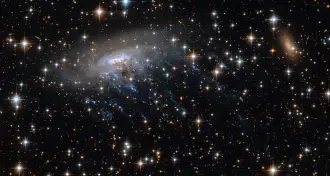 Astronomy
AstronomyGalaxy drags trail of stars behind it
A Hubble Space Telescope image shows the galaxy ESO 137-001 dragging star trails behind it as it plows through the Norma galaxy cluster.
-
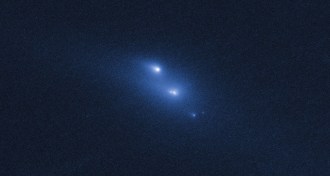 Planetary Science
Planetary ScienceAsteroid disintegrates while spinning too fast
Asteroid P/2013 R3 is shattering into a cloud of debris in these images captured by the Hubble Space Telescope.
-
 Astronomy
AstronomyComets collide around young star
Astronomers detect clouds of carbon monoxide around Beta Pictoris that could help lead to the discovery of new planets.
-
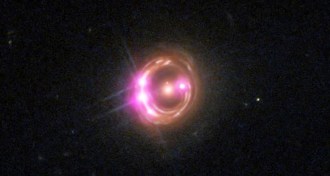 Astronomy
AstronomyCosmic lens exposes spin of supermassive black hole
A chance alignment of a bright, distant galaxy behind a much closer one has given astronomers a rare opportunity to determine the spin of a supermassive black hole 6 billion light-years from Earth.
-
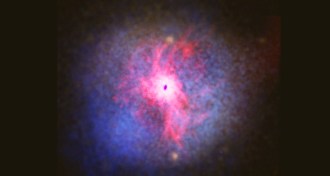 Astronomy
AstronomyBlack holes may shut down stellar factories
Astronomers find dead galaxies loaded with the cold gas needed to make stars.
-
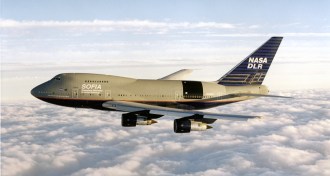 Astronomy
AstronomyNASA releases 2015 budget with some mission cuts
NASA $17.5 billion budget for fiscal year 2015 supports big missions, such as the James Webb Space Telescope. But there are plans to put the SOFIA telescope in storage.
-
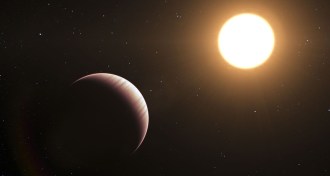 Astronomy
AstronomyExoplanet water seen in new light
Astronomers used a new technique to characterize the atmosphere of a gas giant exoplanet.
-
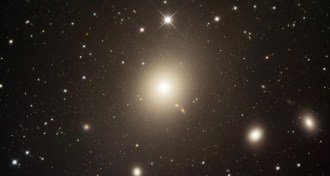 Astronomy
AstronomyStar cluster hurtles through space with tremendous speed
A compact ball of hundreds of thousands of stars has just shot out of the galaxy M87 at millions of kilometers per hour, astronomers report. It is the first hypervelocity globular cluster detected to date.
-
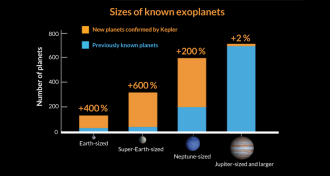 Astronomy
AstronomyKepler space telescope data uncovers 715 new planets
Astronomers used a new tool to quickly confirm the detection of exoplanets.
-
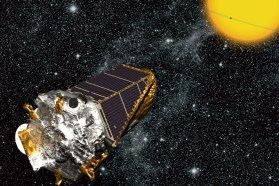 Astronomy
AstronomyKepler data confirm 715 new exoplanets
The population of planets outside the solar system has grown by about 70 percent, thanks to discoveries culled from Kepler space telescope data. Researchers are announcing 715 new confirmed planets in a February 26 press conference.
-
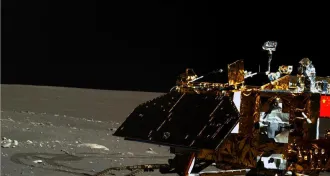 Astronomy
AstronomyChina’s lunar rover alive, but still crippled
Mechanical issues are preventing the Yutu lunar rover from exploring the moon's surface as designed.